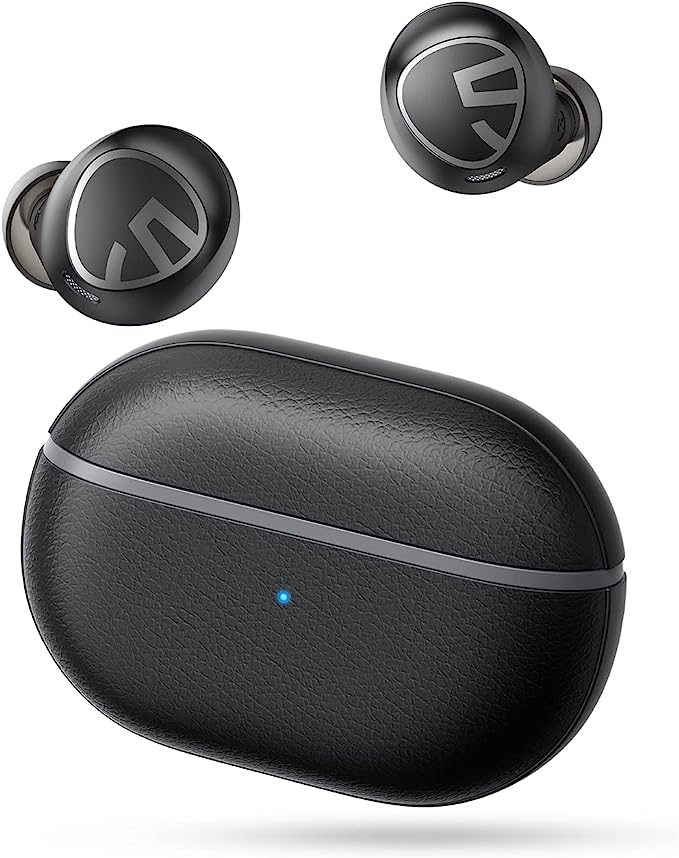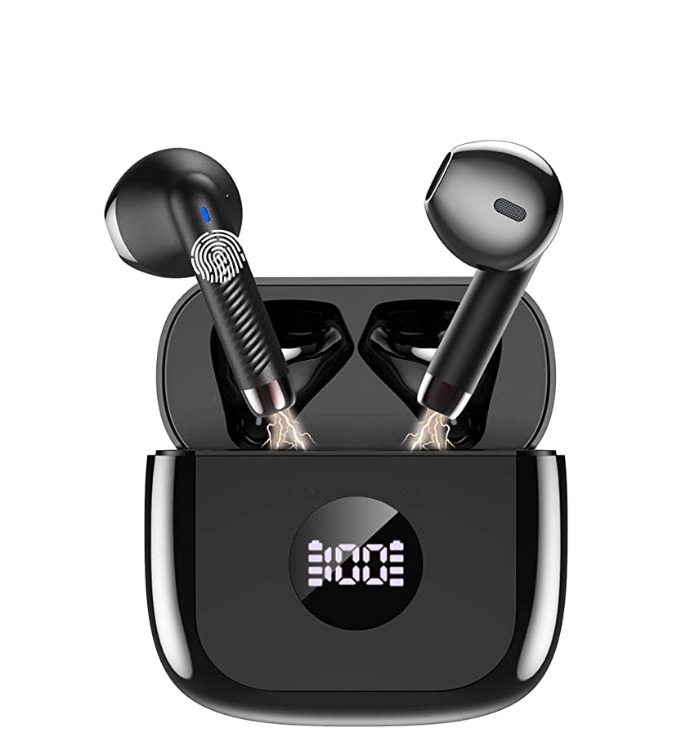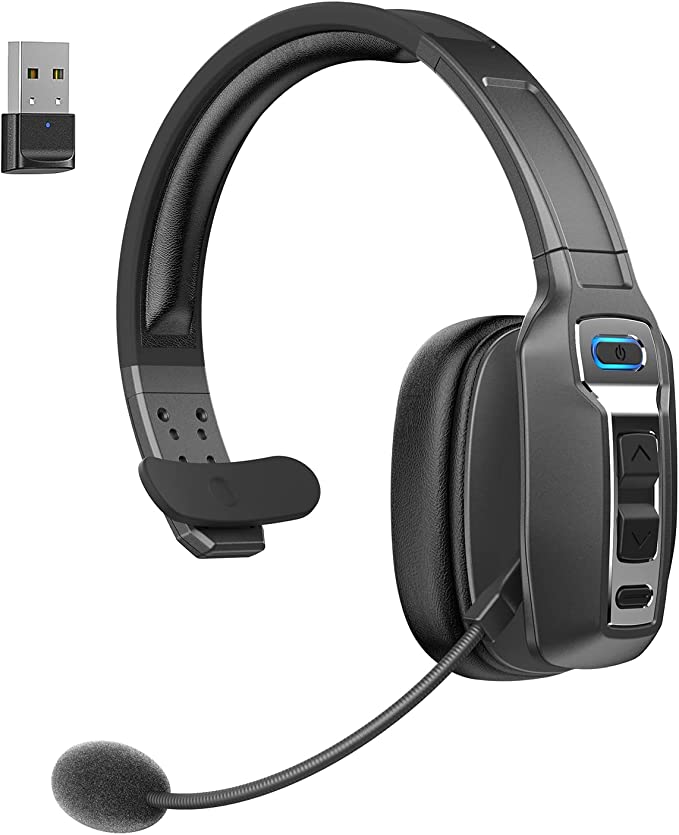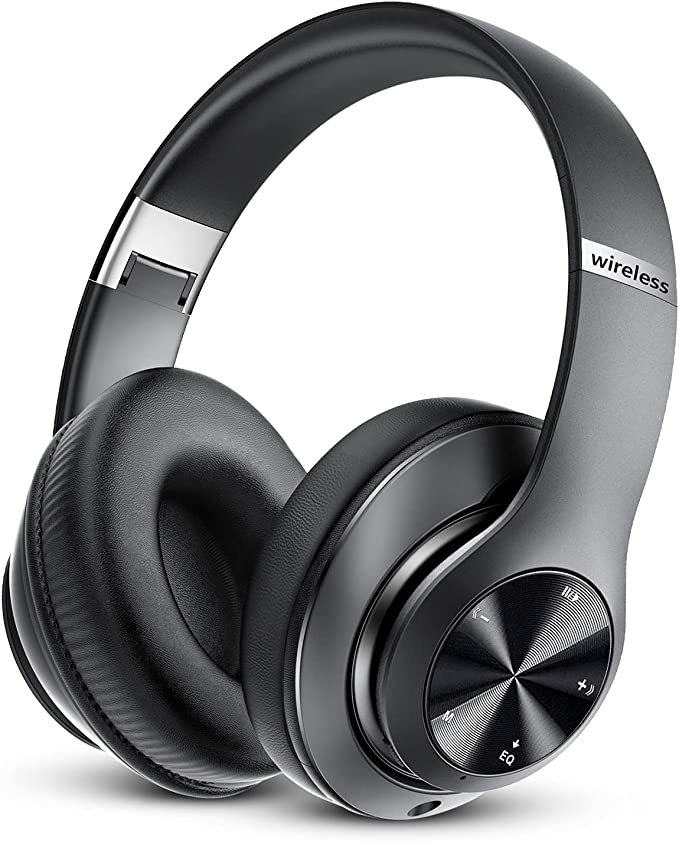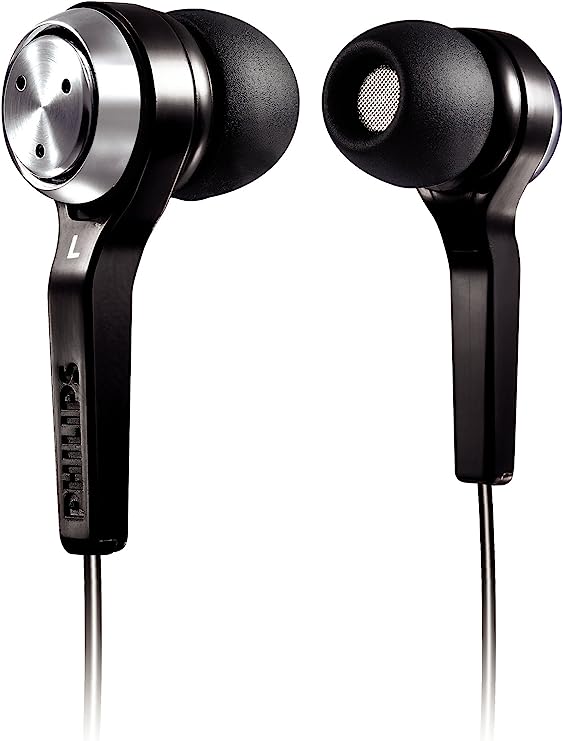An Engineer's : The Frigidaire FFRA062WAE (A Data-Driven Deep Dive)
Update on Oct. 7, 2025, 4:21 p.m.
As summer temperatures climb, the market floods with promises of cool relief. Most reviews will offer a familiar list of pros and cons, often based on subjective experience. This is not one of those reviews. We are approaching the Frigidaire FFRA062WAE, a popular 6,000 BTU window air conditioner, not as casual users, but as engineers. Our goal is to dissect its specifications, analyze its design choices, and quantify its performance to understand the intricate balance of trade-offs it represents.
The central question isn’t just “Is it good?” but rather, “For whom is this specific set of engineering compromises the optimal solution?” This is a deep dive into the physics of its cooling, the acoustics of its operation, and the economics of its long-term use.

The Cooling Core: Deconstructing 6,000 BTUs for 250 Sq. Ft.
At the heart of any air conditioner lies its cooling capacity, measured in British Thermal Units (BTUs). The FFRA062WAE is rated at 6,000 BTUs, a figure manufacturers suggest is ideal for rooms up to 250 square feet. But what does this mean in a physical sense? One BTU is the amount of energy needed to raise the temperature of one pound of water by one degree Fahrenheit. Therefore, a 6,000 BTU/hour unit has the thermal horsepower to remove 6,000 BTUs of heat from a designated space every hour.
For a standard 12’ x 20’ room (240 sq. ft.) with 8-foot ceilings, this capacity is generally sufficient for effective cooling. However, it’s crucial to view the 250 sq. ft. rating not as a rigid limit, but as a baseline under ideal conditions. Its real-world effectiveness can be diminished by several factors: * High Ceilings: More air volume requires more energy to cool. * Sun Exposure: A room with large, west-facing windows has a significantly higher heat load. * Insulation: Poorly insulated walls or a location on the top floor will allow more heat to enter. * Internal Heat Sources: Multiple computers, large televisions, or even several occupants generate their own heat.
Complementing its thermal performance is a dehumidification capacity of 1.3 pints per hour. In humid climates, this is a critical, often-overlooked, specification. Removing moisture from the air dramatically improves perceived comfort, allowing you to feel cool at a higher thermostat setting. This unit’s ability to pull over a gallon of water from the air in an 8-hour period is a substantial contributor to its overall effectiveness.

The Sound of Compromise: An Acoustic Analysis of 52-55 dBA
While the FFRA062WAE delivers on its core promise of cooling, thermal comfort is only half of the equation. The other half, especially in a bedroom or office, is acoustic comfort. This brings us to the most debated aspect of this unit: its sound profile. Frigidaire officially rates its noise level between 52 dBA on low to 55 dBA on high.
To translate these abstract decibels into real-world experience, consider the following comparisons based on data from the CDC and acoustic engineering sources:
| Sound Level (dBA) | Comparable To | Implication for a Room Environment |
|---|---|---|
| 52 dBA (Low Fan) | The hum of a modern refrigerator, a quiet library | A noticeable but generally non-intrusive background presence. |
| 55 dBA (High Fan) | A normal conversation, a coffee percolator | Clearly audible. May require you to raise your voice slightly on a call. |
The source of this sound is twofold. First, the fan, which generates a consistent “whoosh” of airflow. Second, and more significantly, the single-speed compressor. Unlike more expensive inverter models that can modulate their speed for quieter, more consistent operation, a single-speed compressor works on a binary on/off cycle. The distinct “kick-on” and subsequent hum of the compressor is the primary acoustic event.
It is important to understand that for an air conditioner in this price category, this is a standard engineering choice to balance cost and performance. Therefore, its 52-55 dBA range is not an anomaly but a predictable characteristic of its design class. For some, this constant hum is a form of “white noise” that aids sleep. For a shallow sleeper or a professional in a home office, this same sound could be a significant distraction. Acknowledging this trade-off is the first step in making an informed decision.
Efficiency by Design: The Unseen Merits of the Slinger Ring and R-32
The noise generated by the compressor is a direct consequence of its powerful, straightforward engineering. However, that same engineering mindset reveals clever, often unseen, solutions for efficiency elsewhere in the unit’s design.
One such feature is its lack of a dedicated drain hole, a design that often confuses new users. This unit employs an integrated “slinger ring” on the rear fan blade. This ring picks up condensed water from the collection pan and flings it onto the hot outdoor condenser coils. This process has two benefits: it atomizes the water for evaporation, eliminating the need for a drain, and the water’s cooling effect on the coils slightly increases the unit’s energy efficiency.
Furthermore, the FFRA062WAE uses R-32 refrigerant. From an engineering and environmental standpoint, this is a significant upgrade from the older R-410A standard. According to the EPA, R-32 has a Global Warming Potential (GWP) of 675, which is nearly a third of R-410A’s GWP of 2088. This makes it a more responsible choice for the environment without compromising on cooling performance. These design choices contribute to its Combined Energy Efficiency Ratio (CEER) of 11, a respectable, albeit not top-tier, rating.
The True Cost of Comfort: A 545-Watt Power Profile
An appliance’s sticker price is only part of its total cost. The long-term operating cost is determined by its power consumption. The FFRA062WAE has a cooling power rating of 545 watts. To translate this into dollars and cents, we can use the U.S. national average electricity rate (approximately $0.17 per kilowatt-hour as of mid-2025).
- Cost per hour: 0.545 kW * $0.17/kWh = $0.093 per hour
- Cost for 8 hours of sleep: $0.093 * 8 = $0.74 per night
- Cost per month (8 hours/day): $0.74 * 30 = $22.20 per month
Disclaimer: This is an estimate. Your actual costs will vary based on your local electricity rates, the thermostat setting, ambient temperature, and how often the compressor cycles on and off.
This calculation reveals a reasonably economical operational cost. For around $20-$25 a month, the unit provides consistent cooling, a figure that places it firmly in the “budget-friendly” category for both purchase and operation.
The Verdict: An Engineering Perspective on Who Should Buy It
After dissecting its components and quantifying its performance, a clear picture of the Frigidaire FFRA062WAE emerges. It is not a product of extremes; it is a product of deliberate balance. It trades acoustic refinement for affordability and opts for proven, reliable technology over cutting-edge (and more expensive) features like inverter compressors.
This air conditioner is an optimal engineering solution for: * The Budget-Conscious Pragmatist: Someone who prioritizes effective cooling and low operational costs over whisper-quiet operation. * Renters and Small-Space Dwellers: Its straightforward installation and sufficient power for a standard bedroom or small living room make it ideal for non-permanent situations. * Users in Moderately Hot Climates: It excels at managing typical summer heat but may struggle during prolonged, extreme heatwaves in poorly insulated spaces.
Conversely, it is likely the wrong choice for: * The Acoustically Sensitive: Light sleepers or individuals who require a silent environment for work or concentration should invest in a higher-end inverter model. * Owners of Large or Complex Spaces: Its 6,000 BTU capacity is simply insufficient for open-plan living areas or rooms exceeding 300 square feet.
In conclusion, the Frigidaire FFRA062WAE is a well-engineered piece of equipment that delivers exactly what it promises: reliable cooling at an accessible price. Its value lies not in being the best at everything, but in being very good at the things that matter most to its target user, while making transparent, understandable compromises elsewhere.















